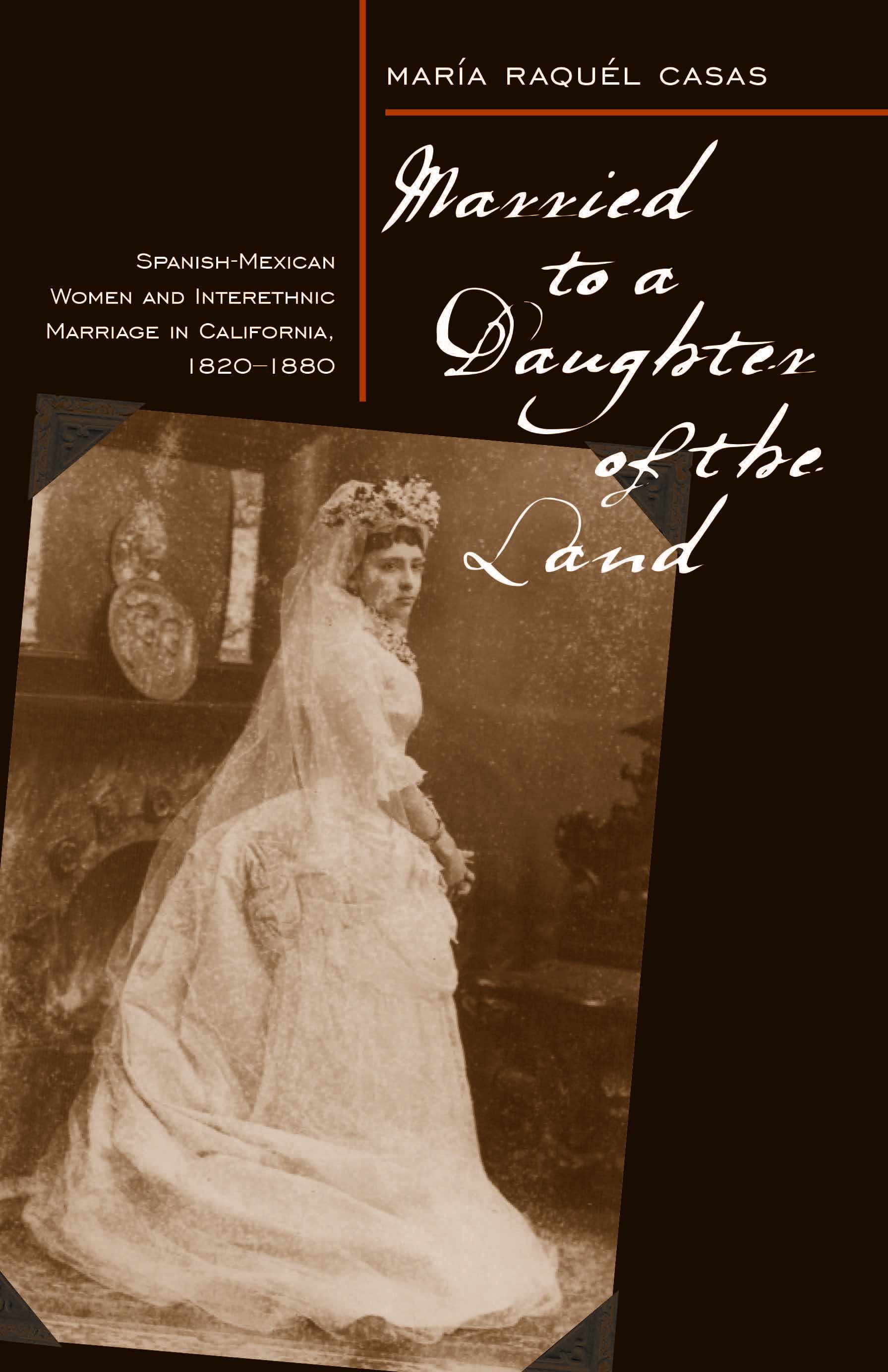Being Māori-Chinese: Mixed Identities (Book Review)Posted in Anthropology, Articles, Asian Diaspora, Book/Video Reviews, Media Archive, Oceania, Social Science on 2010-01-11 19:19Z by Steven |
Being Māori-Chinese: Mixed Identities (Book Review)
Sites: a journal of social anthropology and cultural studies
University of Otago, New Zealand
Volume 5, Number 2 (2008)
pages 180-182
Kate Bagnall
Being Māori-Chinese: Mixed Identities, Manying Ip, Auckland University Press, Auckland, 2008, 255pp. ISBN 978-1-86940-399-7
Manying Ip makes it clear from the outset that Being Māori-Chinese: Mixed Identities is a very personal book. It begins with an explanation of her own inspiration for the project – the emergence of tantalising snippets about Māori-Chinese families that kept popping up in her wider research on New Zealand Chinese – and her own process of locating subjects and conducting interviews. Ip tells of being warned by a ‘well-meaning elder’ from Te Wānangao-Raukawa about the difficulties she would encounter in her project, due to the sensitivity of the subject matter and the reticence that Māori-Chinese as a group would have towards sharing in-depth information with her. ‘Are you sure you wish to pursue this study on Māori-Chinese relations? I don’t think people will tell you much’, he said.
The publication of Being Māori-Chinese is, then, an acknowledgement of Ip’s reputation as a researcher and community advocate. It is only through mutual trust that she has been given access to the personal stories of the seven Māori-Chinese families whose experiences make up the heart of the book. Each chapter focuses on a particular family and presents an intimate journey into the family culture and individual identities of family members. The book is further testament to the courage and generosity of her subjects, who shared memories and thoughts on many aspects of their lives. Their generosity is particularly moving because, as Ip states, ‘those memories involve a struggle against social discrimination and, in many cases, family disapproval’…
…Family stories, such as those told in Being Māori-Chinese, are at the core of the growing body of Australasian scholarship that explores mixed race lives, families and communities. Such stories counter the assumptions of previous generations that interracial encounters were either unthinkable due to race prejudice or occurred under unsavoury conditions that were detrimental to one or both parties. Ip is to be commended for encouraging the Māori-Chinese families included in the book to share their experiences, and also for carefully structuring each chapter so that her voice takes a secondary place to those of family members themselves. As she notes in her Introduction, the book explores lives that ‘have been largely overlooked in the formal historical and sociological discourse of New Zealand’. This book is an important step in inserting Māori-Chinese into the story of New Zealand’s past, present and future…
Read the entire review here.


